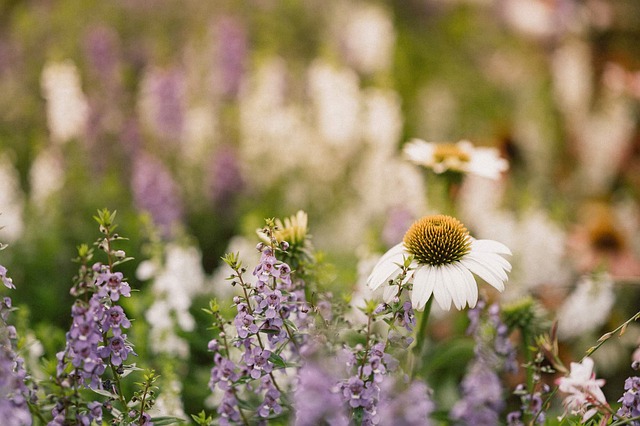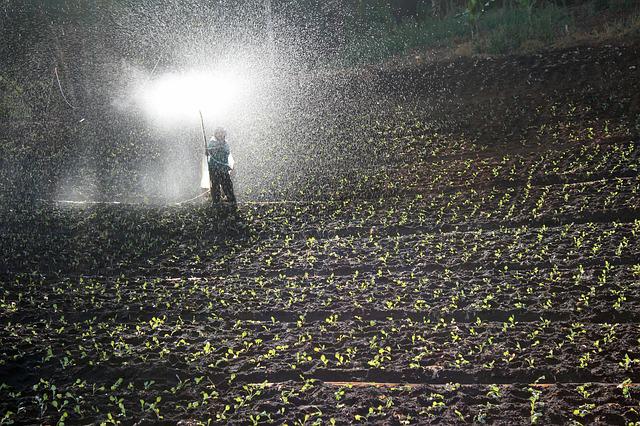Why Is My Angelonia Not Blooming?

As you walk through your door day by day, you expect your Angelonia to bloom. However, several days, weeks, and months pass by, and still, your Angelonia is not developing any blooms. Why was that? It could be you are not attending to the basic needs of your plant, and now they’re under stress. Angelonia may not be blooming because it is not receiving the sunlight it needs, less required water or too much water, the soil is too wet, and its roots are slowly rotting. Don’t worry! Still, you can make your precious Angelonia bloom. Just follow the growing requirements to thrive and give you’re much-awaited blooming flowers.
Table of Contents
Angelonia Growing Requirements
The hardiness and long blooming period of angelonia plants make them a popular perennial choice for summer flowerbeds. Additionally, thanks to their low-maintenance requirements and sweet grape scent, your plants will continue to bloom for weeks at a time.
Soil
Angelonia plants can thrive in a wide range of soil pH, but 5.5 to 6.2 is preferred. Watering and fertilizing can be reduced by using soil rich in organic matter. Use raised beds or containers to grow Angelonia if your area has heavy clay soil.
Water
Angelonia is indigenous to Central and South America, where it thrives in the moist climate of the region. They thrive in soil that is consistently moist but not soggy throughout the year. Once their roots have become established, they are able to withstand soils that are a little drier.
Don’t allow your angelonia plants to become dehydrated to the point where they begin to wilt. The lower leaves will turn yellow as a result, and the plant will lose its ability to produce energy.
If you’re growing Angelonia in a container, choose a large pot that can accommodate a lot of soil and moisture to ensure a healthy plant.
Light
The best growth and blooms are obtained by planting angel face Angelonia in full sun, six or more hours of direct sunlight per day. Gardeners prove this.
However, despite the fact that these plants can tolerate a little afternoon or morning shade, they benefit from direct sunlight, which allows them to accumulate the energy they require for vigorous growth and flower production more quickly and efficiently.
Humidity and Temperature
In the summertime, Angelonia plants thrive in sweltering temperatures and high humidity. Because of the humidity and heat, they do well in the South. Angelonia plants can thrive in the Southwest with a little extra watering.
Fertilizer
An overabundance of fertilizer can result in excess foliage at the expense of blooms in Angelonia plants and light feeders. A timed-release fertilizer mix, such as 10-5-10 or 12- 12- 12, can be used to eliminate the need to re-fertilize your flowers after planting. Use the product label’s instructions to determine the correct dosage.
While the sun provides energy to plants, the minerals and nutrients in plant food provide the nutrients the plants require in order to produce new leaves and flowers.
Careful! Don’t overfeed your Angelonia as it will have negative effects. It will cause damage to the plant. It’s better to underfeed than overfed.

When Does Angelonia Begin To Flower?
From May to October, the blooming season is in North Texas – 4-6 weeks in temperate climates and even longer in zones 8-11. Evergreen Angelonia has soft (not woody) stems, a bushy habit, and a 12-inch spread. It can grow up to 18 inches tall and 12 inches wide.
Is it true that angelonia flowers reappear each year? What is the life cycle of Angelonia? When grown annually, it’s a tender perennial that thrives in zones 8 through 10.
